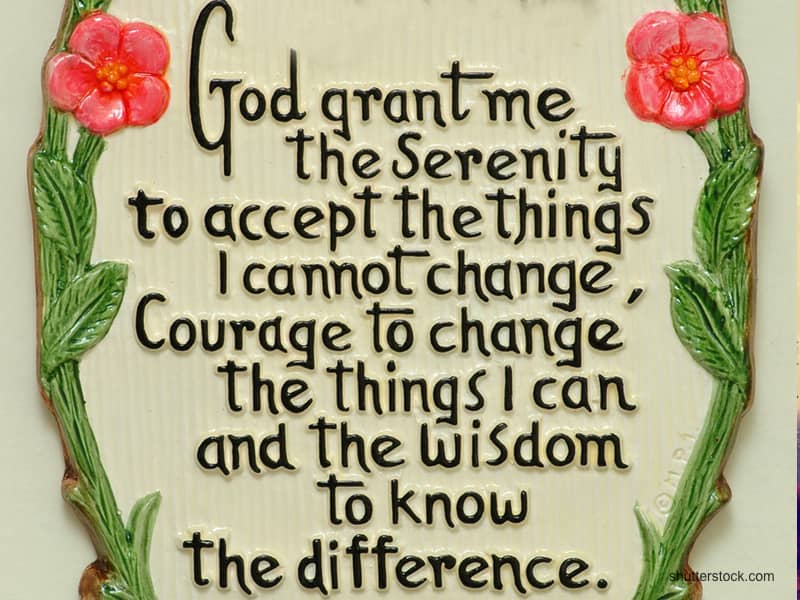There is no way to prove or disprove the authenticity of the ossuary. In the first installment of this topic we did affirm that the ossuary box is an authentic first century ossuary. There is no debate about this fact. The issue for us is whether or not this is the ossuary of James, the brother of Jesus. There is no way we can prove whether or not this burial box is related to James the brother of Jesus. However, there is circumstantial evidence to support one side of the debate. But here we will consider the evidence that the inscription is not authentic.
The entire case against the authenticity of the James ossuary box is rooted in the inscription found on the side of the box. There are essentially three issues associated with questions about the inscription.
First of all, some experts feel that the second portion of the inscription is not authentic. The inscription reads, "James son of Joseph, brother of Jesus." Scientists who examined the ossuary concluded that two different people etched the two phrases, "James son of Joseph, and brother of Jesus." In part one, the script is formal. Some of the letters contain a distinctive oriental writing style. The yods (Hebrew/Aramaic y's) are consistent in size and cannot be mistaken for the vavs (Hebrew/Aramaic v's).
The person who carved the first part of the inscription, "James son of Joseph," was most likely a surviving member of the deceased's family. He was educated and fully literate and clearly familiar with the formal script of 1st century Aramaic.
The second half of the inscription is informal. The two `ayins' are completely different from each other and differ yet again from the ayin in part 1. When we compare the yods, we can also immediately see that this is a different person writing. First of all, the yod in 'brother of' and the first yod are written as vavs. With the model of the correct way to write the yod-ayin right in front of his nose on 'Jacob', there is no reason at all for the extended vav or the extra vav. None of the forms in the second part agree with the script of the first part.
If the entire inscription on the ossuary is genuine, then somebody has to explain why there are two hands of clearly different levels of literacy and two different scripts. They also have to explain why the second hand did not know how to write 'brother of' in Aramaic or even spell 'Joshua'. Further, they had better explain where the frame has gone." (See Rochelle I. Altman, "The James Ossuary Inscription," www.israelinsider.com).
Secondly, there is a conflict concerning the way the inscription is presented on the ossuary. The first phrase appears to be excised by a professional carver. The second phrase seems to be incised by an amateur. This adds further evidence that the two phrases were carved by two different people. The styles of the two phrases are different. Even an amateur can see this. Thirdly, Altman points out that the inscriptions on ossuary boxes were not simply inscriptions. They were also "covenants." His family, out of respect for the deceased's life and death, carved the inscription on the James ossuary. As with any other vow, the text must be in the hand of the one making the vow. Thus, a surviving member of the family painted on, or scratched into, the (usually) limestone box the memorial data. In some cases a professional would carve over the handwriting exactly as written.
What can we conclude from this discussion? Most of the linguistic experts agree that two different people carved the inscription. The first phrase is probably authentic. The problems arise when we consider the second phrase. Since we cannot date the second phrase, and since it is definitely not a part of the original inscription, doubt is cast over the possibility that this box is connected to Jesus, the Messiah, and his father and brother (Joseph and James). Therefore, the ossuary is not what many of you hope it is, according to some of the scientists who have examined it.

